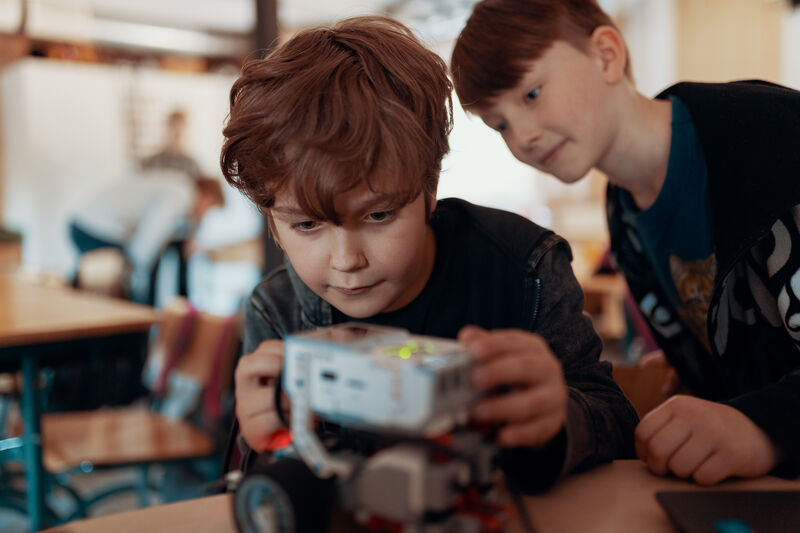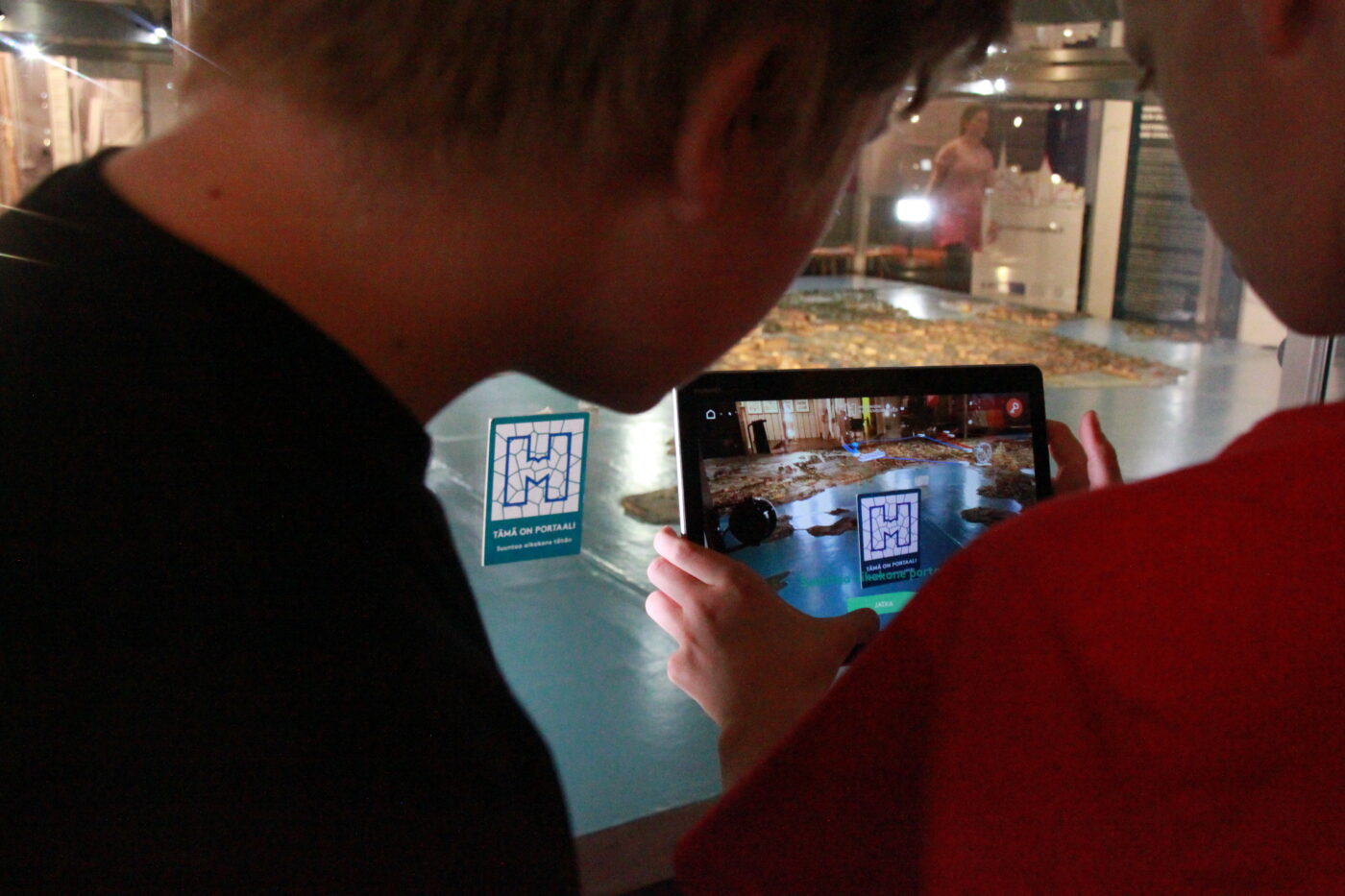Innovation challenges and the search for tests
Innovation pilots and challenges are product development ensembles based on the city's needs.

Need-based innovation
We organize innovation challenges and rapid tests in which we give companies a challenge in terms of teaching. The challenge is a signal to companies of the solutions needed and the challenges they face in schools and other learning environments. This type of bridge of information has been missing between companies and schools – not only in Finland but also globally. Need-based tailored tests alleviate this information flow problem and allow for a new kind of dialogue between different actors.
With innovation challenges, tests offer the opportunity to take advantage of the full range and scope of learning. The challenges allow us to take better account of learning’s shift from inside to the outside of the classroom whilst supporting the utilization of the whole city as a learning environment at the same time.
Examples of completed pilots
Various solutions for learning and learning environments have already been tested through the innovation challenge – or pilot. One pilot focused on the utilization of food waste data in which the City of Helsinki’s Business Department and Helsinki Service Center challenged companies to develop solutions that utilize food waste data from schools of the City of Helsinki. The goal was to develop new types of solutions that help, for example, the optimization of production volumes, reduce food waste, or reduce the carbon footprint.
There is also an increasing desire to utilize IoT solutions in school properties as well. A pilot was conducted related to this in which the City of Helsinki challenged companies to develop and test new types of real estate IoT solutions on the property of Ressu Primary School. The goal was to help companies develop new ways to provide additional value to property owners, managers, or users with solutions that leverage IoT technology.
In addition to schools, particularly libraries and museums work as natural learning environments. Together with the Helsinki City Museum, we implemented a pilot in which we challenged companies to develop a learning environment that utilizes augmented reality (AR) in the City of Helsinki’s historical scale model located within the museum. In the picture below, students get acquainted with the game, which helped to increase the scale model’s attractiveness, especially among younger museum guests.

Interested?
Do you want to pilot your idea or solution in Helsinki’s learning environments, such as in schools, libraries, or museums? We publish information regarding open innovation challenges in the News section. You can also contact us to discuss the idea in more detail!